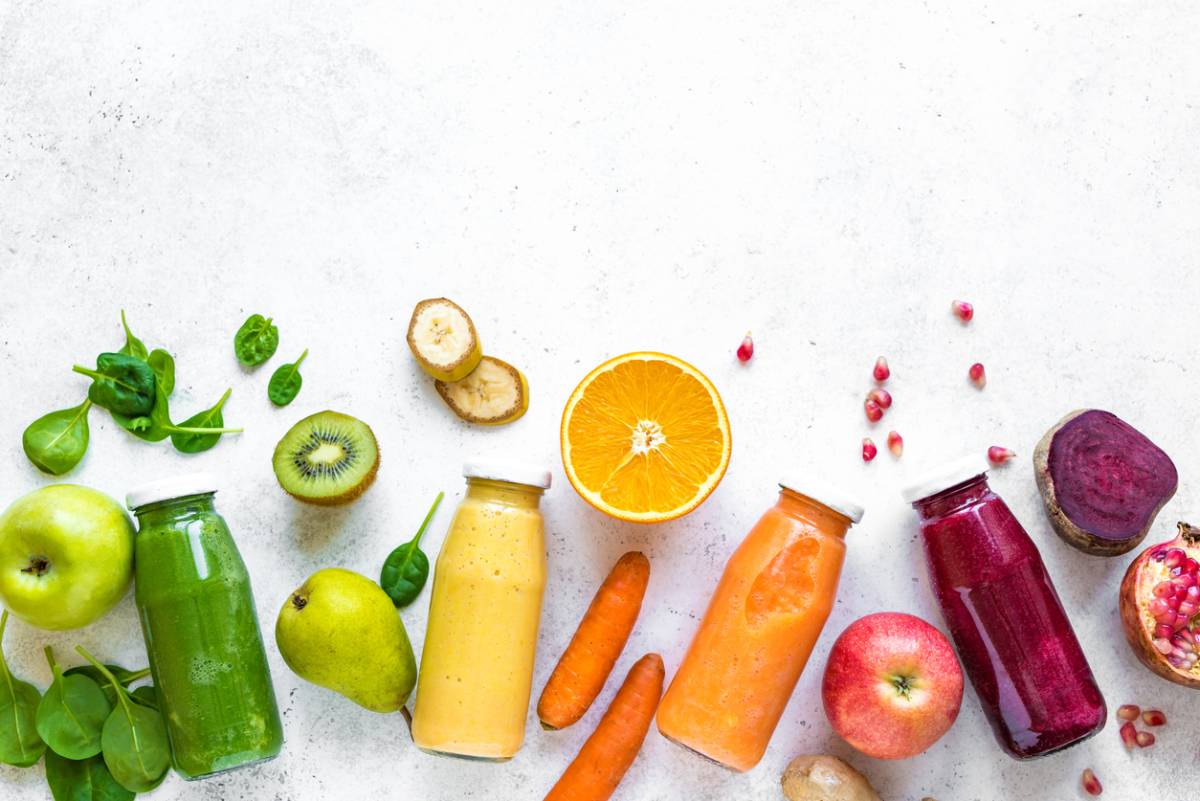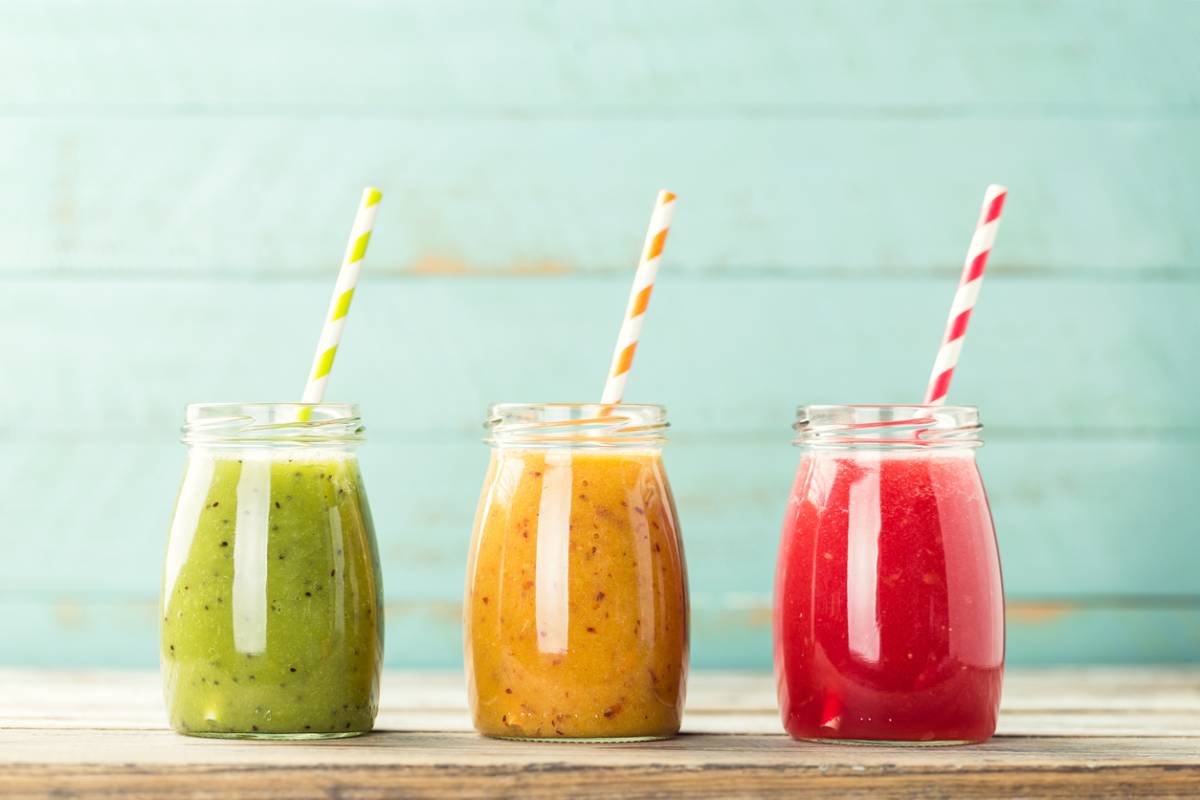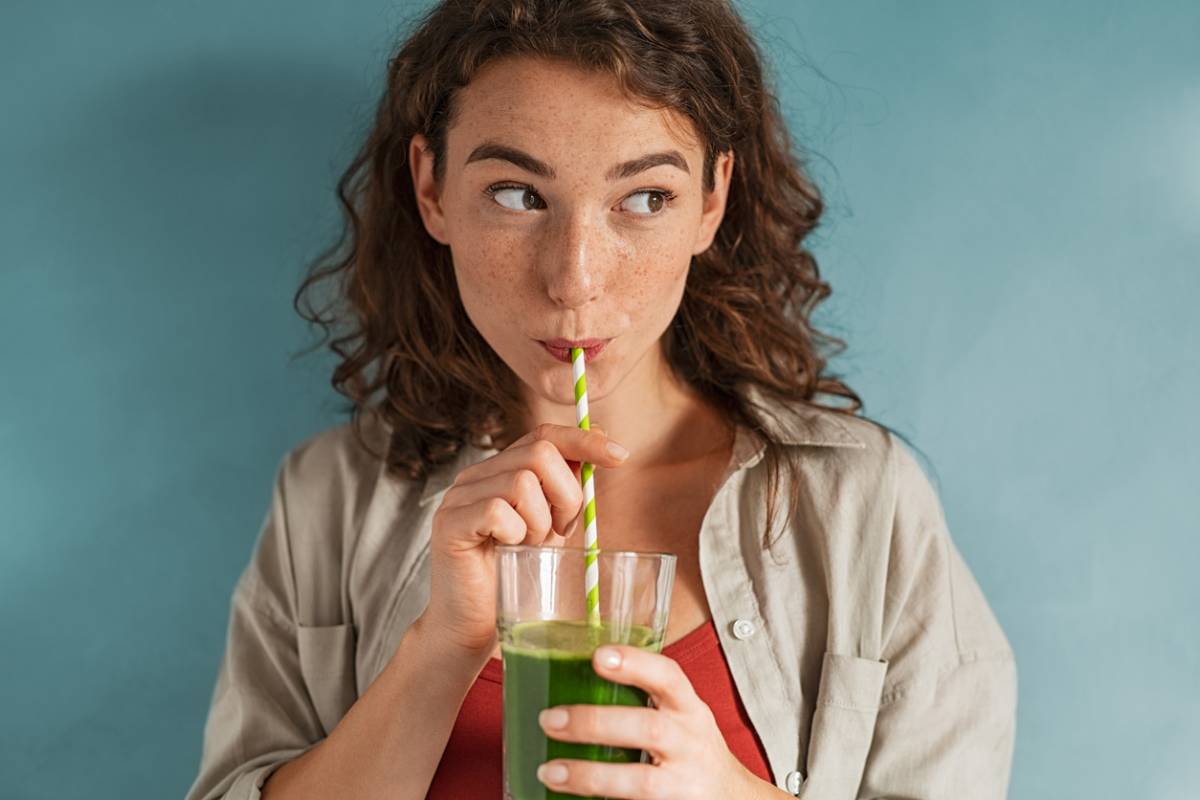Juicing can be a great tool for improving your daily nutrition and gut health, but it really only works if you know what you’re doing or follow the instructions of someone who does. Without proper guidance, juicing is more likely to spike your sugar intake without a requisite improvement in your daily intake of vitamins and minerals. Let’s see how to juice a healthy way.
How to Juice a Healthy Way
To help improve the nutritional aspects of your juicing journey, let’s look at some of the top tips for creating healthy juice blends.
Don’t Skimp on the Veggies
The best juices include a healthy dose of a variety of vegetables. While leafy greens may not provide the juice volume you need for more than a shot glass, there are plenty of vegetables that will provide plenty of juice and nutrients.
Carrots, zucchini, cucumbers, and celery are all great options for including more vegetables in your juice without overpowering the flavor profile.
Include Seeds
You should never put seeds through your juicer, but that doesn’t mean you can’t mix them in afterward. Adding in a tablespoon of chia seeds and some flax seed is a great way to boost your omega-3s for the day with little to no effort.
Keep in mind that chia seeds do become gelatinous when exposed to liquid, so your juice may be a little more like a smoothie if you let it sit or blend it. This is normal, but can be unpleasant if you aren’t expecting it.
In addition to seeds, you can add a teaspoon of grated ginger or nutrient-dense spices to your smoothie for an extra kick. Things like matcha, turmeric, and cinnamon all have awesome health benefits that you can easily blend into your daily juice.
Use Strong Fruit Flavors
The biggest mistake people make with juicing is relying too heavily on fruit. Fruit is an excellent source of essential vitamins, but it’s also naturally high in sugar. Fruit sugars play their role in your diet, but a big glass of pure fruit juice can be too much.
By choosing strongly flavored fruits like citrus, dark berries, and some variety of apples, you can easily cover the flavor of everything else in your juice without surpassing your sugar goals for the day first thing in the morning.
If you’re struggling to get the balance right, experiment with your commercial grade juice machine. Gradually add my pre-made fruit juice to your vegetable juice medley until the flavor is to your liking. Keep track of the ratio for future juices.
Opt for a Morning Juice
Drinking juice on an empty stomach helps to improve absorption and primes your digestive system for the day. While you can certainly still choose to have your daily juice in the afternoon, it’s always best to drink it while it’s fresh.
Again, if you don’t have time to make juice fresh each morning, something is better than nothing. However, it may not be as potent after being refrigerated.
Add a Good Protein Source
Adding a healthy protein source to your morning juice is a great way to provide yourself with fuel first thing. Powdered essential amino acids or powdered pea proteins are both great options, but they aren’t the only way.
There are a ton of different protein sources that can be easily added to your morning juice. Just keep in mind that many marketed protein powders contain excessive calories and additives that could undermine the nutritional balance of your juice.
Applying Juicing Tips to a Commercial Setting
If you’re looking to build up a juice bar offering at your restaurant or cafe, then all of these tips are essential to offering your customers the best possible product. To learn more about how you can maximize the use of your Southern California beverage systems, contact Southern California Beverage today.








